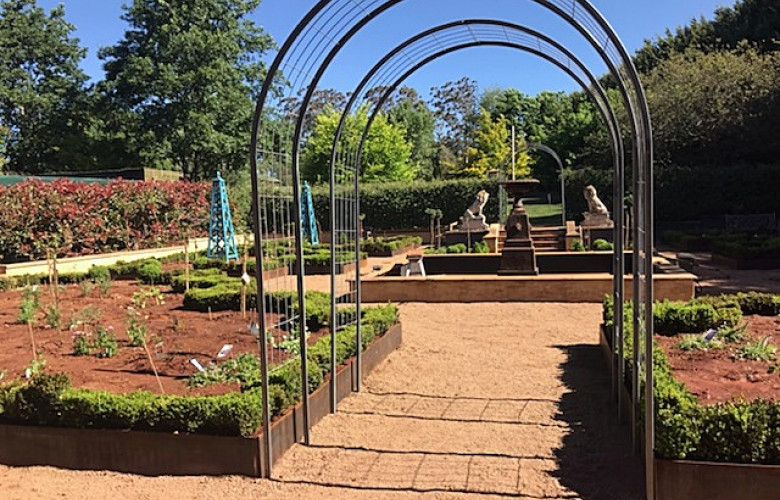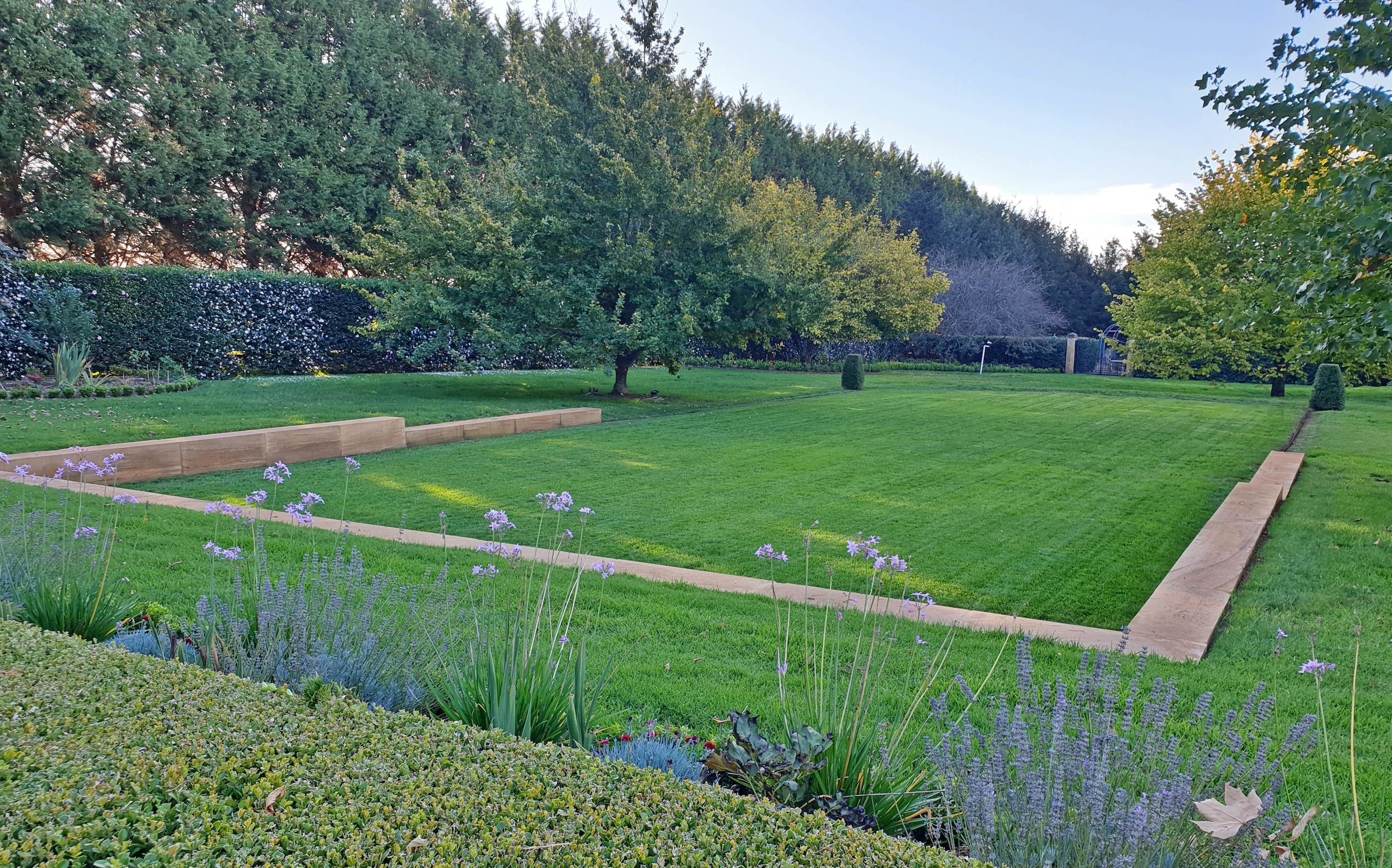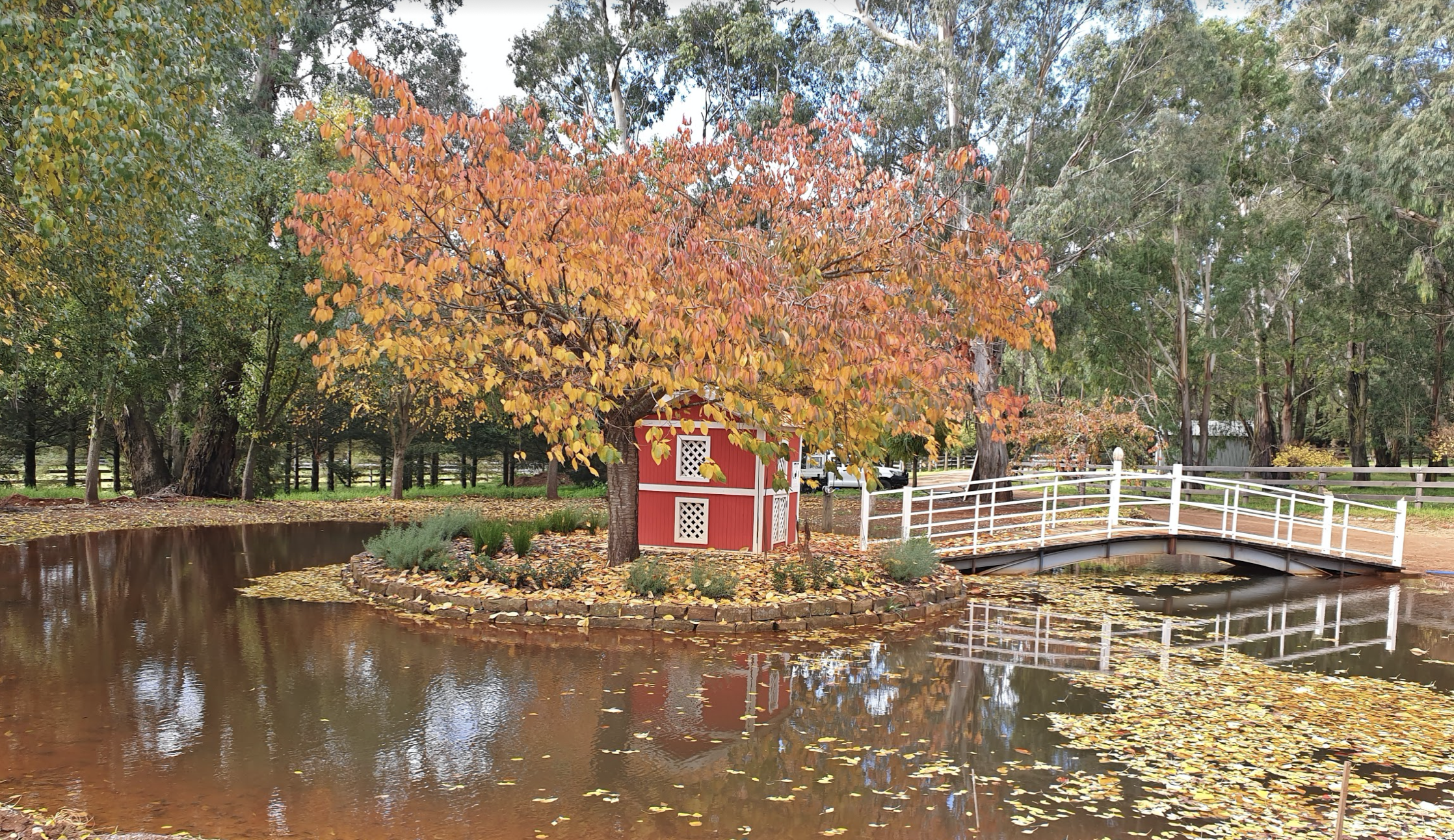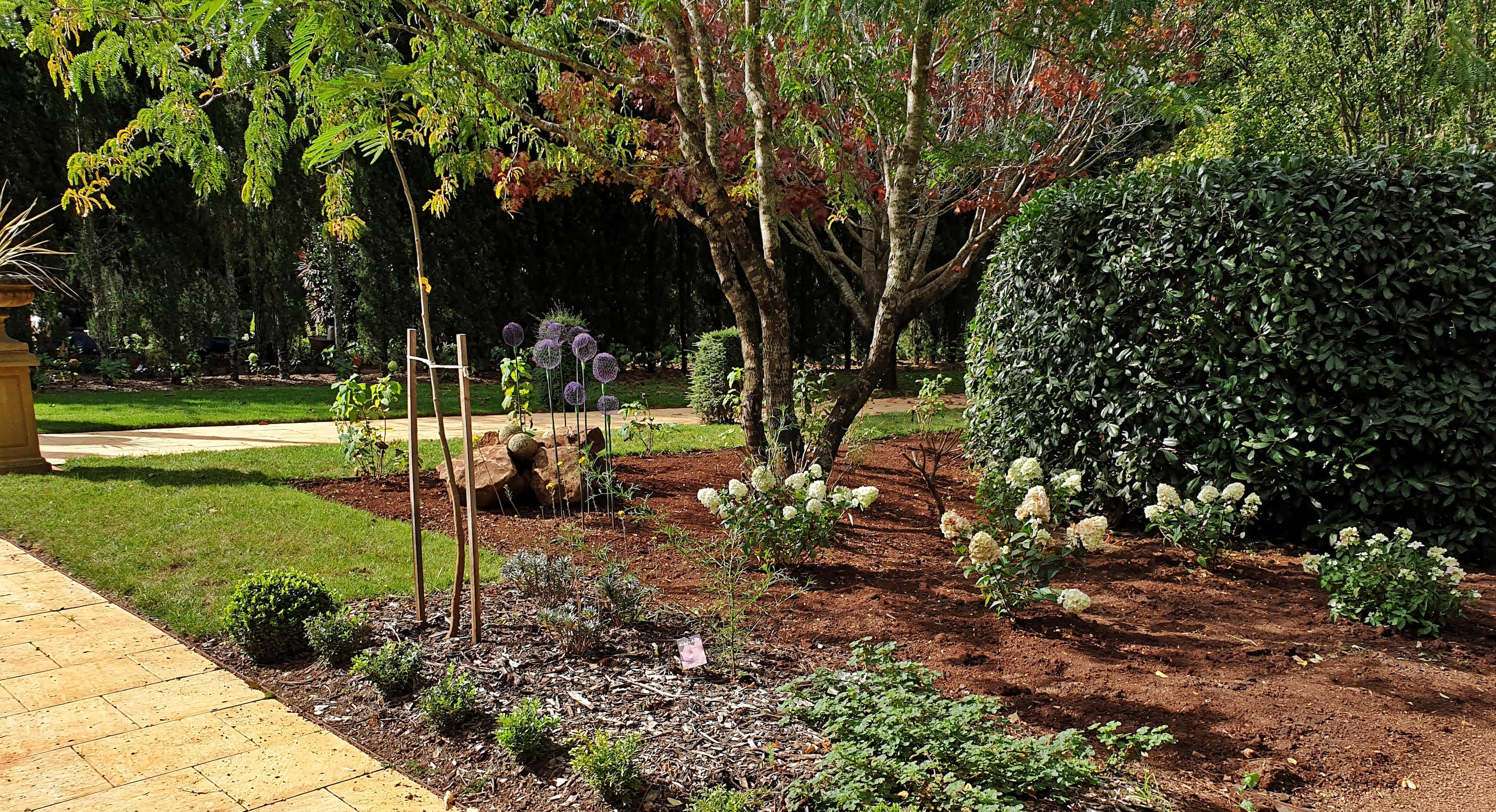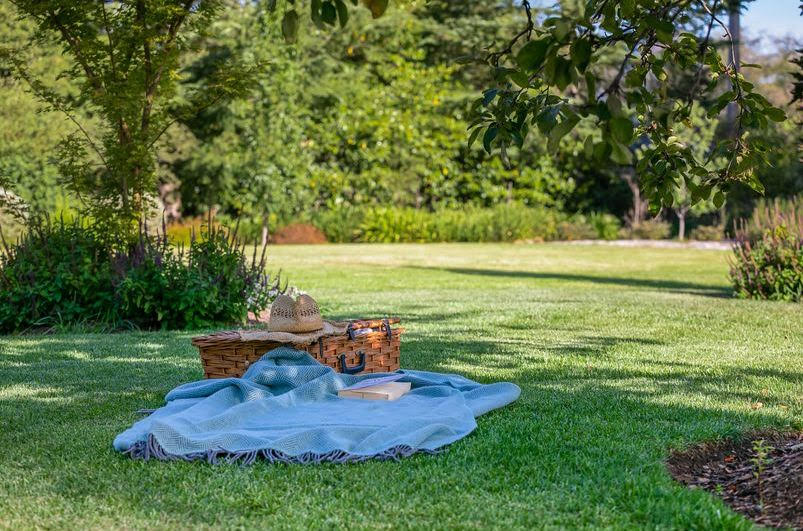Get to know Noel Crowe CEO of Berrima Bridge Horticulture
Contact
Get to know Noel Crowe CEO of Berrima Bridge Horticulture
For horticulturist Noel Crowe, work for NASA and an international career was not enough to resist the call of home and the renowned family nursery business in the NSW southern highlands.
Noel Crowe, CEO of Berrima Bridge Horticulture Pty Ltd, has horticulture flowing in his veins.
His parents were Claude Colquhoun Crowe AM and Isobel Crowe, celebrated horticulturists who began Berrima Bridge Nurseries in 1943 and operated it for more than 50 years, building, in particular, a state-wide reputation for growing and retailing cold climate trees and shrubs.
Source: Noel CroweIsobel was one of the first women to qualify in horticulture through Sydney Technical College and Claude Crowe was a foundation member of the Australian Nursery Association (later the Nursery Industry Association of Australia). Isobel and Claude are responsible for many of the outstanding gardens still enjoyed by families in the southern highlands of NSW.
Noel Crowe’s work at Thenford Lodge. Source: Noel CroweBut before Noel joined the family business he worked for NASA in the space tracking station outside Canberra, was involved in IT (Computer) Operations for Medicare, then managed a financial services business to the Medical and Dental Profession in Victoria before the Middle East beckoned. He variously worked as a project manager for a construction company, an international commodities agent, and support management of a private hospital in Bahrain before returning to Australia.
Source: Noel CroweWILLIAMS MEDIA spoke to Noel about his unusual career, legacy gardens, and his love of the outdoors.
Prior to taking over the reins of the family business, you worked for NASA at their space tracking station outside Canberra, how did you get that job?
I had not long left school and was building rural fences to earn money to learn to fly a plane at Goulburn (I always wanted to be a pilot). I saw the ad in the paper for the Space Tracking Stations and thought this was a fit with my interest in Space and Flying. I was offered a position initially at the Orroral Valley Tracking Station. By moving to Canberra, I could then upgrade my Pilots Licence at a larger airport. I stayed with Space tracking for about 12 years.
Why did you return from the Middle East to take up the reins of your parents’ business?
I had been with a Private Hospital in Bahrain and managing some special projects there and had found working in the Middle East was difficult at times. The call of ‘Home’ was strong and I returned to Berrima where I joined my parents in the Nursery.
Source: Noel CroweWhat do you enjoy most about your job?
I enjoy having my own business again, being back in the country away from traffic snarls and crowds, being outdoors and seeing the results of my concepts becoming realities.
What advice do you give someone requesting a design?
To tell me the basics of what sort of garden they want and work with me to achieve that outcome.
Noel Crowe’s work at Thenford Lodge. Source: Noel CroweWhat is the most interesting project you have been asked to do?
My current project is my most interesting landscape. I have a scale of works which allow me to implement my parents' plant knowledge and techniques in an existing framework of mature trees, some which came from us 30 or so years ago. This garden is a work reflecting our family's love for broad range of varieties of cool climate plants for a client who is very supportive.
The gardens of Burradoo House were designed and built by Claude and Isobel Crowe. 109-111 Burradoo Road Burradoo. Source: Knight Frank Prestige Residential
Beautiful gardens are a lasting legacy that not only enhance homes but can be enjoyed by their occupants for decades, even centuries. How does it make you feel when you visit gardens designed and planted by your parents decades ago?
I drove my Mother up to the Bowral Lookout a year or so before she passed away. It was Autumn and as we both stood there looking across Bowral and Burradoo she said, "There is Claude's (Dad's) legacy - so much of his love and nurture of trees is on show." This was a very special moment as my Father never wanted there to be any memorials of him.
Source: Noel Crowe
In the whole world, which is your favourite garden design?
Probably Prince Charles’ gardens at Highgrove House as there is a degree of cheekiness and quirkiness in them.
Related reading:




